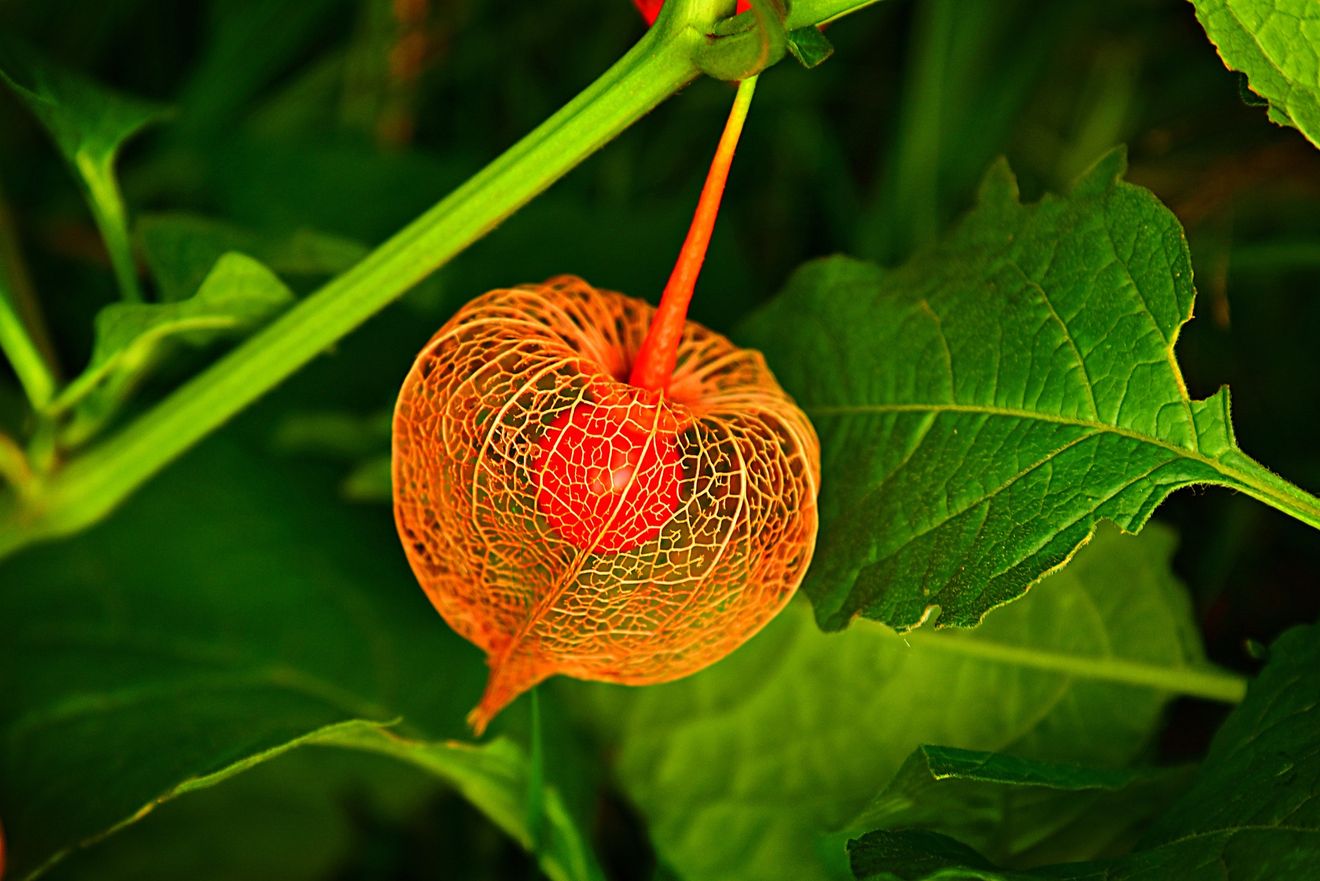Exploring psychedelics can be profoundly healing. So, in this article I will be integrating understandings I have gleaned from the disciplines of neuroscience, shamanism and psychology. In turn, I will examine role that spirit plant medicines can play in emotional healing. I want to state up front that I’m not an expert at neuroscience, shamanism or psychology. My intent is to share one of my gifts. This gift is the ability to look across the realms of science and spirituality with an open and curious mind. Perhaps in the process I will connect some dots for those interested in experiencing or facilitating deep healing.
Here’s a quote I’ll invite everyone to consider. It’s from The Right Use of Will: Healing and Evolving the Emotional Body by Ceanne DeRohan:
“In the process we call awareness, consciousness provides understandings with which to interpret our emotions, and emotions provide information (in the form of sensations) to inform our understandings. Balanced awareness is not possible without both thinking and feeling functioning freely.”
Exploring Psychedelics and Neuroscience
So let’s start in the world of neuroscience. I think it’s probably obvious to all of us that the experience we call human awareness results from the interplay between our conscious, thinking selves and our sentient, feeling selves. These components of awareness are housed in different parts of the brain. Through the advances of neuroscience we now have rudimentary scientific understandings of how our thinking and feeling selves interact on a physical level to create what we call awareness.
Based on the best available data and modelling of brain activity, it is becoming clear that our subjective experience of reality (i.e., awareness) results from the dynamic interaction between bottom-up sensory information coming from our feeling selves, and top-down projections coming from our thinking selves that interpret these incoming sensations based on previous experiences. Most of the time the frontal cortex sits at the top of the neural hierarchy sending strong projections. These projections modulate and constrain information coming from our feeling selves to our conscious awareness.
“In the process we call awareness, consciousness provides understandings with which to interpret our emotions, and emotions provide information (in the form of sensations) to inform our understandings. Balanced awareness is not possible without both thinking and feeling functioning freely.”
Ceanne DeRohan
Now, when neuroscientists first started imaging brains on conscious-altering plant medicines they were surprised. Why? Because they fully expected to see large increases in brain activity. What they found instead were areas of significantly reduced neural activity. They were especially found in the frontal regions of the brain–the parts mainly associated with our thinking selves. This led scientists to compare neural activity across brain regions. They have since documented significant increases in activity in posterior regions of the brain corresponding with the decreases in activity observed in the frontal regions. These posterior regions are the parts of the brain associated mainly with emotional and visual processing. So what the heck is going on?
Unlocking the Unconscious While Exploring Psychedelics
The newest research suggests that spirit plant medicines and other psychedelics induce a “temporary disruption of neural hierarchies.” When this occurs, our conscious thinking selves (which for most of us dominate in day-to-day awareness) lose the “cognitive grip” they exert over our sentient feeling selves. These findings suggest that spirit plant medicines induce a reversal of information flow in the brain. Thus allowing access to parts of the brain associated with emotions.
In other words, these medicines provide access to feelings locked out of our consciousness due to the top-down control our thinking selves typically exercise over our perception. In the extreme, this locking out effect is what psychologists call disassociation or emotional compartmentalization.
I believe that the cognitive grip we exert over our emotional selves results most fundamentally from mental judgments we hold that rigidly interpret some feelings as good (e.g., joy), and some feelings as bad (e.g., grief). Based on these judgements we are imprinted to seek out and express “good” emotions, and imprinted to avoid and suppress “bad” emotions. On a practical level this means is that for many of us our nervous systems have not developed the capacity to feel and productively express the so called “bad” emotions.
However, at their most basic level emotions are just chemical and electrical signals in the body. It is our socially and culturally conditioned minds that interpret certain feelings as bad leading us to avoid, suppress and, in the extreme, disassociate them. This avoidance, in turn, means that most of us don’t develop much real capacity to productively interact with the so-called challenging emotions, and therefore are not very good at feeling and expressing them in healthy ways.
Improving Emotional Resiliency
The good news is that there are ways to increase our capacity to remain present for and productively express strong emotions like grief. These involve carefully practicing being present for stronger and stronger feelings until, eventually, it’s possible to experience something like intense loss without gapping into the unconscious realm of depression. As you can imagine, this work is quite delicate because we are literally working at the boundary between consciousness and unconsciousness, and in the presence of powerful and often not very helpful social and neurological imprints.
In terms of practical approaches for enhancing emotional resiliency, mindfulness, with its focus on acceptance and being present in the moment, is one discipline I’ve found that can help increase the capacity to experience and stay present for strong emotional energy. Kundalini Yoga is another practice I’ve found helpful in this regard because it actually trains our nervous systems to be “comfortable with uncomfortableness” through the intentional use of challenging breathwork, postures and movement.
And just how does all this relate to kind of deep healing we are discussing today? To answer this I will step away from the world of neuroscience and into the realm of psychology for a moment. Here’s how I think it works: When we encounter an experience that elicits an emotional response that threatens to overwhelm our consciousness, our minds can respond by disassociating the aspect of us that feels this sensation to separate it from our conscious thinking selves. However, it’s now well understood that disassociated aspects of us can and do influence our being even if they are not integrated into our conscious awareness.
Childhood Trauma Imprinted on the Unconscious
The degree to which these compartmentalized aspects of our awareness affect our day-to-day life is directly proportional to the amount of awareness that is fragmented off in trauma. Sometimes it’s a relatively small aspect of us compared to our total awareness, and sometimes it’s a relatively large aspect. I believe that the younger we are when experiencing trauma the more likely that significant aspects of us can be lost to our consciousness in this way. This brings up the importance of doing all we can to protect infants and small children from experiencing significant trauma. This is a topic that has been discussed at length by Dr. Gabor Mate in some of his work on addiction.
A key understanding about all this is that sometimes the aspects of us trapped in these unconscious emotional realms can’t return to our conscious awareness on their own. As it was explained to me, if the trauma and resulting disassociation are significant enough the trapped parts of us don’t have the ability to spontaneously free themselves from these unconscious realms because they literally know no other experience except what they are feeling in that realm. They are relegated by our imprinted minds to an unconscious existence defined almost entirely by the emotional energy in the realm and therefore don’t have the presence to free themselves and return to the light of consciousness on their own.
However, these aspects can and do unconsciously influence our perspectives, choices and behaviors through what I call undercurrent influences. And of course sometimes these trapped parts can drag our conscious selves into the realms of unconscious feeling…a fact that anyone who’s experienced deep depression, debilitating anxiety or blind rage can attest.
Healing Unconscious Trauma
Thankfully there are ways to recover aspects of ourselves trapped in unresolved emotional trauma. For example, there are shamanic healers who have trained themselves to enter these realms on behalf of clients and negotiate the return of disassociated awareness. There are therapists who work with gestalt, narrative, and expressive therapies who can also assist clients with this kind of healing.
Relating all this to the neurobiology of spirit plant medicines, it appears as though these medicines can aid in the recapitulation of disassociated emotional awareness by pharmacologically removing our cognitive grips and thereby providing us access to awareness trapped in unresolved emotional trauma. And what is the best way to recover these aspects once we gain access to them with the help of spirit plant medicines?
By accepting and loving them as best we can! And what is the best way to show these parts of ourselves that we accept and love them? By surrendering to and feeling what they feel as deeply and as authentically as possible. Surrendering to and accepting the feelings that our trapped aspects are immersed in allows our conscious selves to merge with them on an energetic level and this means we can then bring them back into the light of consciousness once again as part of us.
Employ Quality Integration Methods
What I’ve learned is that the process of integration is vitally important for this kind of deep, emotional healing because the recovered parts of us can easily slip back into the unconscious realms if they don’t feel genuinely welcome in our day-to-day worlds. Put differently, if we don’t explicitly and diligently work to create genuine emotional space for our recovered aspects, when we go back to our lives outside of ceremony the cognitive grip can quite easily return causing us to re-compartmentalize them because they don’t fit with the lives we have created not having them. Suffice to say that sometimes fundamental life changes may be required to create the space our recovered aspects need to remain present with us after ceremony.
Suggestions for increasing the likelihood of deep healing from ceremonies involving Spirit Plant Medicines (SPMs)
Pre-ceremony:
- Practice mindfulness meditation to cultivate acceptance for feelings and being present in the moment
- Practice Kundalini Yoga or other physical disciplines that enhance nervous system capacity
- Identify and release mental judgements especially judgements against the so called challenging emotions (e.g., anger, sadness, fear)
- Practice Shamanic journeying to develop relationships with Spirit Plants and other helping spirits and gain experience navigating non-ordinary reality
- Develop ongoing relationships with ceremony facilitators and other participants to enhance the sense of and actual safety
- Follow dieta and other guidelines for as long as feasible to reduce strong stimulus and recover natural sensitivities
- Reduce interactions with technology and spend time in nature to quiet the mind and become more grounded
During ceremony: Relax the mind and be open and accepting of feelings. Surrender, surrender, surrender. Don’t resist challenging sensations.
After ceremony:
- Create space for aspects recovered from emotional trauma by easing back into life and shifting as necessary to accommodate the desires/perspectives of recovered aspects of awareness
- Participate in integration circles and other support groups to help ground the new awareness within our consciousness
This article is adapted from a presentation I gave at the Exploring Psychedelics Conference in Ashland, Oregon in May 2017. Listen to the audio recording and my personal story.






